#shunya
Note
https://www.tumblr.com/061306/735868518509248512/i-was-aware-in-the-void-today-for-a-long-time
congratulations! how did you enter the void?
i’ve been trying for years at this point, but i know i’ll enter soon! thanks for sharing!! and your blog seems cool too <33

hi and thankyou! i was laying in shavasana while this subliminal was playing. i just relaxed and didn't move. i was also robotically affirming ‘i always wake up in the void’ in alvin, the chipmunk's voice ( not joking ) in my mind. i fell asleep & when regained my awareness, i was in the void!
if you're not comfortable with this method, you can try other ways i mentioned in this post of mine. i hope this helped you! <3

#୧ ‧₊˚ 🌸 ⋅ asks#the alvin voice thingy is from an aff tape by lotusmi#it's stuck in my head#fourth ask?#061306#neville goddard#i am state#manifesation#void state#the void state#sunya#shunya#manifest
68 notes
·
View notes
Text
Куя ненавидів нудьгу та одноманітність, тому видумував весь час собі пригоди. У цьому "хобі" він знайшов собі однодумця - Ейдена, що не боявся експериментів та з головою пірнав у нове. Але це вперше надійшла цікава пропозиція від нього, ще й без подробиць."Це буде сюрприз, просто прийди", - якось шепнув Ейден лисові на вухо. Звучить дуже привабливо, відмовлятися немає причин.
Але Куя ніяк не очікував, що це буде секс утрьох і третім стане Квінсі.
- Оце так несподіванка, - промовив лис зі своїм звичним прищуром, тільки-но ввійшовши у лісний будиночок. Квінсі теж не очікував побачити його, судячи з важкого зітхання. А Ейден вже посміхався та був цілком задоволений подивом своїх друзів, тож з нетерпінням чекав подальший розвиток подій.
Здоровяк по характеру був дуже пасивним, навіть у сексі: потрібно весь час його змушувати хоч якось себе проявити, тож Ейден не гаяв час та почав підбурювати Квінсі, почавши зі зменшення між ними відстані та різноманітних дотиків. Руки легли на масивні плечі, потім опустилися до лопаток і врешті-решт зупинилися на талії блондина, одночасно з цим хлопці були втягнуті у глибокий поцілунок.
Проте Куї не сподобалося те, що його лишили поза увагою, та й Квінсі чомусь був досі млявим. Тож лис вирішив зробити те, що підвищило температуру у приміщенні.
- Ге-е-ей, а про мене забули? - солодко і тягуче, як мед, промовив Куя, а потім різко притягнув Ейдена до себе, розірвавши поцілунок. Через вибух емоцій та почуттів дихання у чоловіка дуже збилося, що відчувалося особливо на голій ділянці шиї Ейдена, що аж він ахнув. А швидкі тонкі пальці лиса вже лізли під одяг Ейдена, збуджуючи все більше і пускаючи тисячі сироти по шкірі хлопця. Було настільки добре від цих дотиків, що молодий майстер не стримував стогони і весь будиночок заполонили ці солодкі звуки.
- Ну що, старий друже, не доєднаєш��я? - глядячи прямо в очі запитав Куя. А золоті очі навпроти вже були наповнені хтивістю по вінця та погляд був злегка затуманеним. Обличчя старого друга налилося фарбою, що вказувало на "пробудження " чоловіка. Лис на це посміхнувся. Нудно не буде.

#nu carnival eiden#nu carnival#nu carnival quincy#nu carnival kuya#ukranian#fanfic#shunya#укртумбочка#український tumblr#укрфанфікшн#укрфф
7 notes
·
View notes
Text
AU's Relationship
Shunya: Shrewd, beautiful and strong, what other secrets is my beautiful beloved hiding?
Mal-Un: Hmm..... (I'm carrying my darling! KKYYYAAAA!!!)
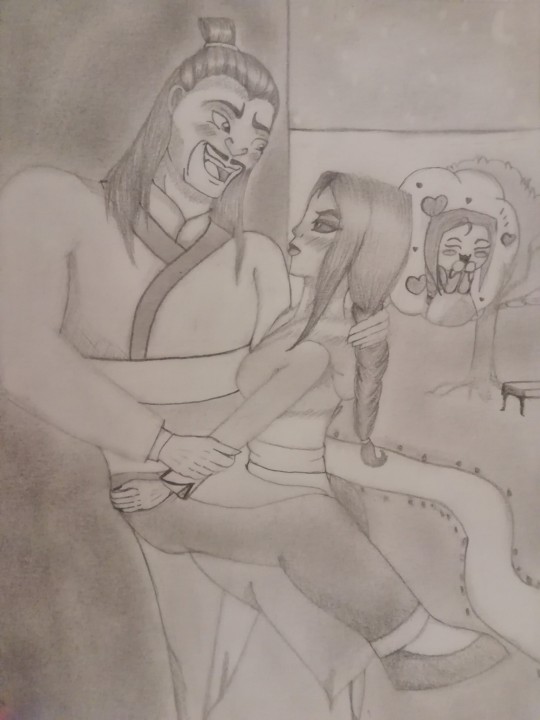
#mulan 1998#mulan au#disney villains#shan yu x mulan#disney#fa mulan#shan yu#shunya#mal-un#artists on tumblr#artwork#traditional drawing#pencil drawing#doppelganger#hero x villain
5 notes
·
View notes
Photo

Since Monochrome Mobius doesn’t have as many 2-D scenes as the uta series, I decided to try my hand at redrawing Shunya’s introduction in the 2D style. I’m still not great at shading backgrounds, so forgive the lackluster dirt and leaf renderings.
17 notes
·
View notes
Text
Samma Vaca: Right Speech on the Buddhist Middle Path
This is something so difficult for so many people that often no speech is better. Because Buddhism didn’t start the old ‘Silence is Golden’ saying, but it probably could have. Because it’s such a valuable tool in the workshop of life that its effect is invaluable. I think that it can easily be seen as the sonic equivalent of Emptiness for Buddhist purposes, that same shunyata Emptiness derived…
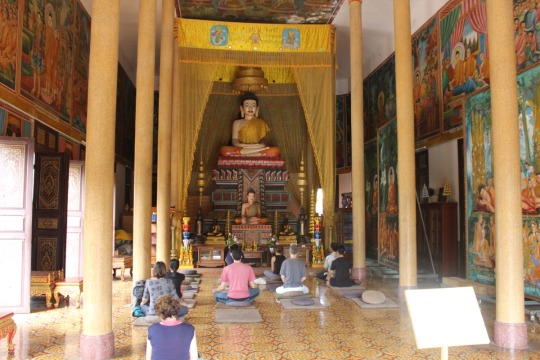
View On WordPress
#Buddhism#emptiness#Hardie Karges#language#Mark Epstein#meditation#Roman numerals#shunya#shunyata#zero
6 notes
·
View notes
Photo
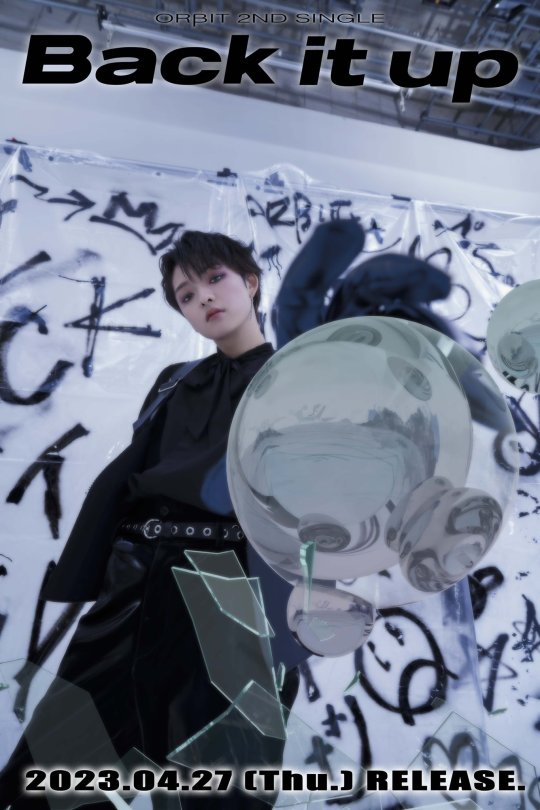
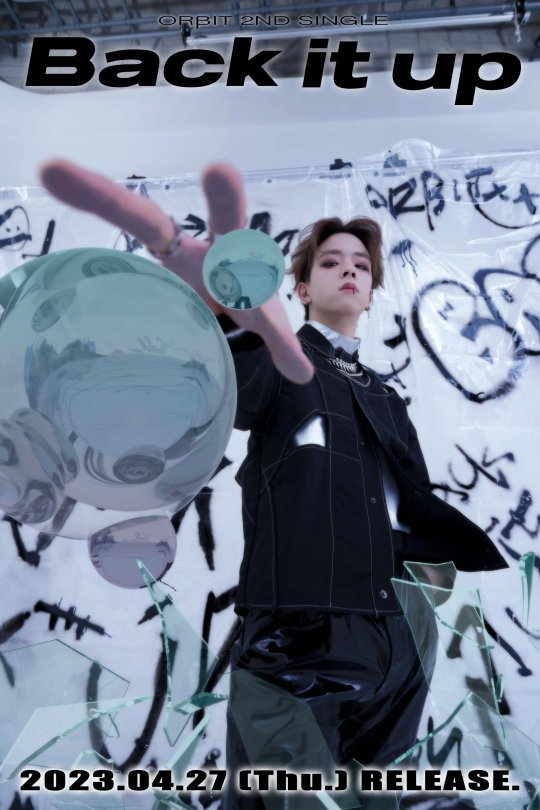
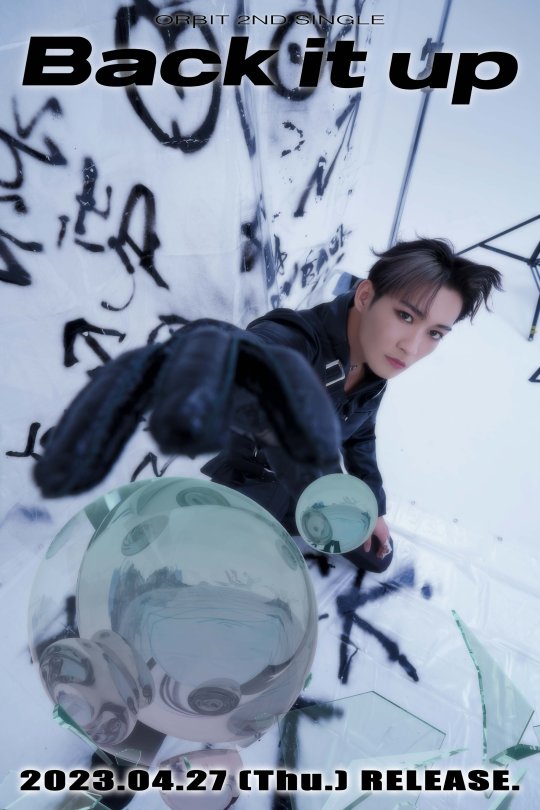
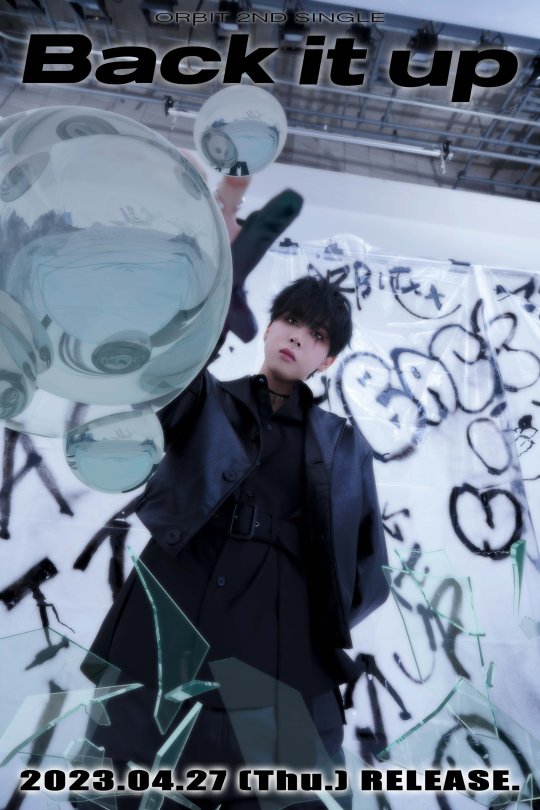

[J-Pop] ORβIT has released individual teaser images for their upcoming 2nd single “Back It Up,” part of their “Room Project,” which is scheduled to be released on April 27th.
#j-pop#orbit#teaser#orbit: teaser#orbit: back it up#yugo#orbit: yugo#shunya#orbit: shunya#tomo#orbit: tomo#june#orbit: june#yoondong#orbit: yoondong
5 notes
·
View notes
Text
Contemplation Seed 9
Saying 9: “You are your awareness”
Objectively, we are bodies located in space and time. Subjectively, we are the sum of our sensations, instincts, feelings, impressions, thoughts, and holistic insights. The first is what we are; the second is who we are. Body and self.
It is as if your physical body is the antenna for the signals of your self; your consciousness. Thus, we produce our daily…
View On WordPress
#Adonai#Awareness#Brahman#Chanting#Dhikr#Holy Presence#OM#Om Mani Padme Hum#Programming#Programs#Remember God#Remembrance#Shanti#Shunya#Singing#Whooo#Yahweh#Yeshua
3 notes
·
View notes
Photo


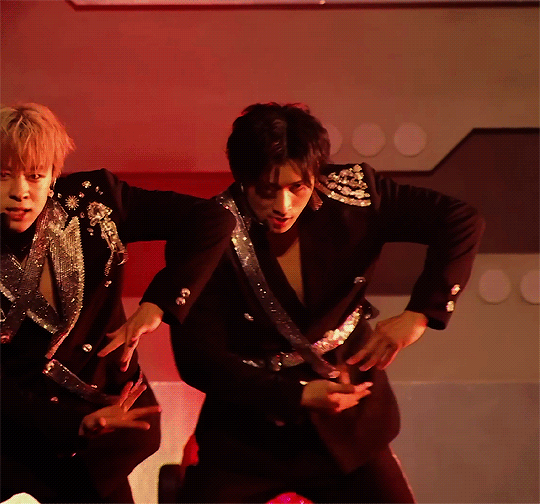
orβit
i can’t breathe (live performance)
#orbit#orβit#jpopgifs#jpopnetedit#asiancentral#dailyjidols#dailybg#malegroupsnet#jboysedit#tomo#shunya#osawa shunya#ando tomoaki#tw eyestrain#tw flashing#pirenasedits
6 notes
·
View notes
Text


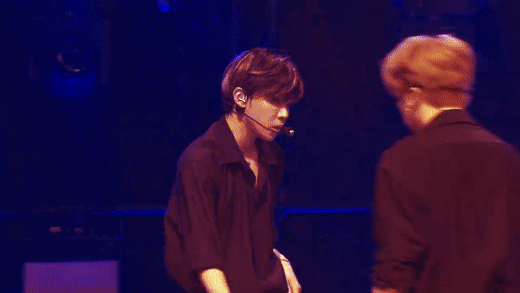
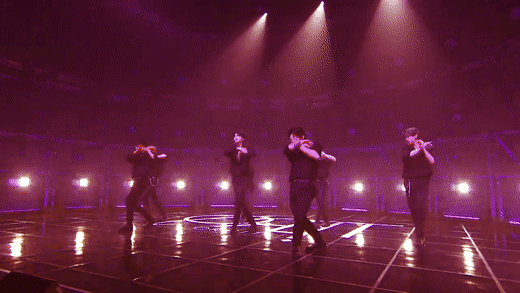


ORβIT
「~Bird of paradise~」Stage Perfomance ver.
#orβit#bird of paradise#orβit gifs#orbit#orbit bird of paradise#WHY IS THIS IN SUCH BAD QUALITY BYEEEEE#my first attempt at making gifs pls be kind asdjkd#i love the way they wave in this performance its sooooo *chefs kiss*#the vocals too its better than the studio version#they r not in sync at all i am so very sorry djdjjs#younghoon#heecho#yoondong#june#tomo#shunya#yugo#EαRTH i am so sorry hsbsnsn#by they i mean my gifs 🐧
7 notes
·
View notes
Text
Одним из первых заказов по вселенной свитков у меня был заказ от одного харизматичного каджита ;)
Ох уж эти фантазии)

#gaming#teso#tes online#the elder scolls online#elder scrolls online#khajiit#princess leia#krita painting#gaya#shunya#shunya ch#eso art#skyrim#art#game
2 notes
·
View notes
Text
The Tantrik Five (or Six) Layered Self

One perennial question that humans have grappled with since the dawn of consciousness is "Who or What am I?" Or, more precisely, "What reality lies behind the 'me' thought?"
Over one thousand years ago, a sophisticated school of Tantrik philosophy (called the Pratyabhijñā or Recognition school) developed a philosophy that the self actually has five (or sometimes six) 'layers' going from the grossest to the most subtle. We may picture this layered self like a Russian doll, except for the crucial fact that each layer is not rigidly separated but rather is permeated by those interior to it. Have a look at the following diagram:

Image source: Christopher Hareesh Wallis
In this model, all suffering is said to derive from over-identification with one or more of these layers of the self. In other words, the cause of all suffering is not experiencing yourself as you really are. Let us now take a look at these layers one by one.
Vastu: The Stuff Layer
In some versions of this model, a sixth outer layer is added before we even get to our physical body, and this is the layer of vastu or the stuff that surrounds us. This is very insightful, and is perhaps even more relevant now then it was back then, as most of us are surrounded by a great many possessions and belongings. Could it be that this physical ‘clutter’ that surrounds us inhibits us from going deeper into our self and finding peace? Certainly, recent trends such as downsizing and decluttering seem to support this. As well as physical possessions, this layers includes all the labels, roles and multiple responsibilities that occupy our lives. We believe that over-attachment to this most outer, superficial layer is very common today. What do you think?

Image generated by AI
Deha: The Body Layer
Our identification with the physical body is expressed in many thoughts and statements like: “I am fat”, “I am thin”, “I am young”, “I am old”, “I am pretty”, “I am ugly”, “I am fit” or “I am out of shape”. Thoughts and statements such as these indicate a belief that our identity is defined by our physicality. If we are identified with the body to the exclusion of the deeper layers of our being then we will necessarily base our self-worth on our own and others opinions of our body. In this case we are definitely setting ourselves up for suffering, for the one universal truth of the body is that it will break down, age, decay and die.
Chitta: The Heart Mind Layer
In yogic philosophy both thoughts and feelings are both viewed as fluctuations or vibrations of the mind (they are called vrittis in Sanskrit) and over-identification with this layer is without doubt the most common misidentification of all. We do it all the time!
The mind creates oversimplified, overgeneralised, and distorted representations of reality. When we take these mental constructs as reality instead of the distorted representations that they are, we suffer. When we are identified with our mind to the exclusion of the other layers of our being we suffer. For the mind changes even more rapidly than the body does, a kaleidoscopic shifting display of imagery, words, ideas and feelings.
We express our identification with this layer with thoughts or statement like: “I am smart”, “I am dumb”, “I am competent”, “I am incompetent”, “I am happy” and “I am sad”.
The most amazing relief and sense of freedom come when we no longer see our identity and reality as defined by our thoughts and feelings. When we are not overly identified with the mind, we ride the flow of its energy learning its flux. We are merely amused by its foibles and petty fears and draw power from its intense feelings whether positive or negative. Free of mind identification we do not take ourselves too seriously. We certainly do not believe everything we think. We understand that the mind is just one of many sources of input.

Image: View of a kaleidoscope, from Wikipedia
Prana: The Vital Energy Layer
At this layer individuality is transcended for we share this layer with all living beings. The movement of prana which is intimately connected with the breath is vital for life to continue.
Our identification with prana is expressed in such statements as: “I am energised”, “I am drained”, “I feel alive” or “I feel blah”. The amplification and depletion of prana, which is connected to diet, exercise, sleep and thought patterns, is responsible for our general energy level and many of our moods as well. If you find yourself cranky, irritable, or listless with no clear external reason for it, it is often due to the energy state of your prana and can thus be addressed through food, exercise, sleep, or relaxation.
Over identification with prana puts us at the mercy of our moods. Taking our moods too seriously can prompt impulsive action that our mind or body layer may later regret. Such as when you snap at a loved one because you are irritable due to simple hunger. We take prana-based moods too seriously when we believe that they are arising from the layer of the mind instead of simple prana depletion or amplification.
Shunya: The Layer of the Void
This is an interesting one. This penultimate layer in our analysis of the self is the empty void that one accesses in deep sleep and also in deep meditation. This can be a wonderful state to be in, and yet Tantrik philosophy claims it is problematic if we over identify with this layer.
Many meditators who have reached this place of the transcendent and profoundly peaceful void decide (upon emerging from it) that this is their real nature, declaring something like “I am not of this world; my true Self transcends all things.” Such people might end up renouncing all identification with the material world, body, and mind, becoming transcendentalists. They can attain deep states of peace but often cannot integrate these states into daily life, and thus may fail to adequately take care of their body and become unable to relate to others easily. This is not the Tantrik path, which requires the practitioner to continue to live, work and love in the world, not to transcend and escape from it!
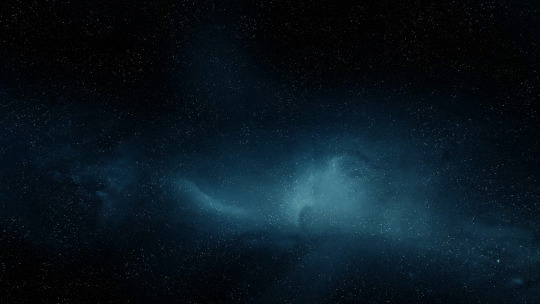
Image: Void space by Maandersen
Cit or Saṃvit: The Core (Pure Awareness)
This is the layer that the conceptual, intellectual mind finds difficult to comprehend and yet the subtlest principles are the truest. It is the most difficult layer of ourselves to comprehend because it is the power by which all comprehension is done. It is the most difficult to perceive for it is the power behind all of perception.
This is the layer of our essential nature, the innermost self within the conditioned self. It is all embracing, present in all forms of consciousness, including even the more contracted forms of self-identification with any of the previous layers. This layer is beyond all other layers, it is neither the top nor bottom of the hierarchy, as it pervades and subsumes them, making awareness of them possible. Consciousness is the secret pulsating core of our whole existence. Mysterious because it is omnipresent and yet we do not notice it.
In other words, the deepest spiritual experience of reality consists of the full realisation that this divine consciousness is our true essence and that all the layers of our being that we are accustomed to identifying ourselves with (stuff, body, mind, prana, void) are in fact the ever-changing expressions of that core consciousness. To put it yet another way consciousness vibrates forth into manifestation as all the more peripheral layers of our being from the void outward. Those other layers are epiphenomena of the core consciousness not the other way around.
Identification with this layer takes the form of the experience (not merely the thought or statement) of being blissfully free self-aware Consciousness. When we are identified with this layer, we can experience any state as joyful not just the ones that are radically elevated from our ordinary experience. In other words, identification with our core awareness enables us to experience joy in all things because IT is the joy in all things. It is the perfect fusion of pure consciousness and all the forms of energy that it embraces.

In Summary
This Tantrik model of the self invites us to ask where the locus of our constructed identity lies, on what level do we habitually fixate our awareness. To sum up, the final limit of your progress on the path is determined by the view of reality (and selfhood) that you hold - for you naturally do not seek to go beyond whatever you consider to be the ultimate. Thus, all Tantrik practice in this tradition is aimed towards getting the practitioner to live continually in the light of pure awareness, in and from the core of their being.
Finally, how do these layers compare to the Koshas?
You will hear many yoga teachers talking about the koshas, sheathes or layers of the self. Strictly speaking, this model stems from the Upanishads and the Vedantic school of Indian philosophy and not the Yoga school. However it has now become an important part of yoga philosophy and thus a few words should be said about how this model compares with the Tantrik one described here.

Notice the following key differences:
There is no equivalent to the Vastu ‘stuff’ layer in this model.
The physical body layer is literally referred to as the ‘food sheath’ here.
This model puts the Pranic layer before the Mental layer. The other way around to the Tantrik model. We prefer the Tantrik model which places the vital energy of prana deeper then the mind, what do you think?
This Vedantic model separates the Mind layer into ordinary thought and emotions and higher wisdom and discernment (the Vignana layer). For the Tantrik model, no such distinction is made. Thoughts are thoughts, no matter how lofty they might appear!
There is no Shunya or void layer in this Vedantic model.
In this model there is a Bliss sheath that surrounds Atman, the core of our Being (represented here by the OM symbol). The implication here is that bliss is not part of our core Being but is yet another layer that surrounds it. This reflects the Vedantic notion that Atman is quite detached, inert and passive. This contrasts to the Tantrik view in which our true Self, our essence nature, is innately blissful, dynamic and engaged with the world.
There is not necessarily any right or wrong here, just two different ways of looking at things. Which model do you think is most accurate and/or helpful?
Note: This post couldn't have been created without the work of Tantrik scholar Hareesh Wallis whose work you can find at Hareesh.org to learn lots more about Tantrik philosophy.
#yoga philosophy#tantric philosophy#tantra#fivelayeredself#vastu#deha#chitta#prana#shunya#awareness#consciousness#nonduality
0 notes
Text
#orbit#jpop#japanese pop#boy group#jpop boy group#younghoon#heecho#yoondong#june#tomo#shunya#yugo#Spotify
0 notes
Photo

More Shunya because I love her design.
5 notes
·
View notes
Text
Buddhism and the Power of Silence
Words once spoken cannot be taken back. Actions once committed cannot be retracted. Silence is better than violence. This is one of the hidden little gems of Buddhism, the value of silence. And other than the emphasis on meditation, it’s something that doesn’t often get mentioned—until now. Because here and now, in the modern age and the Western world, the noise is almost deafening, and the calls…

View On WordPress
0 notes
